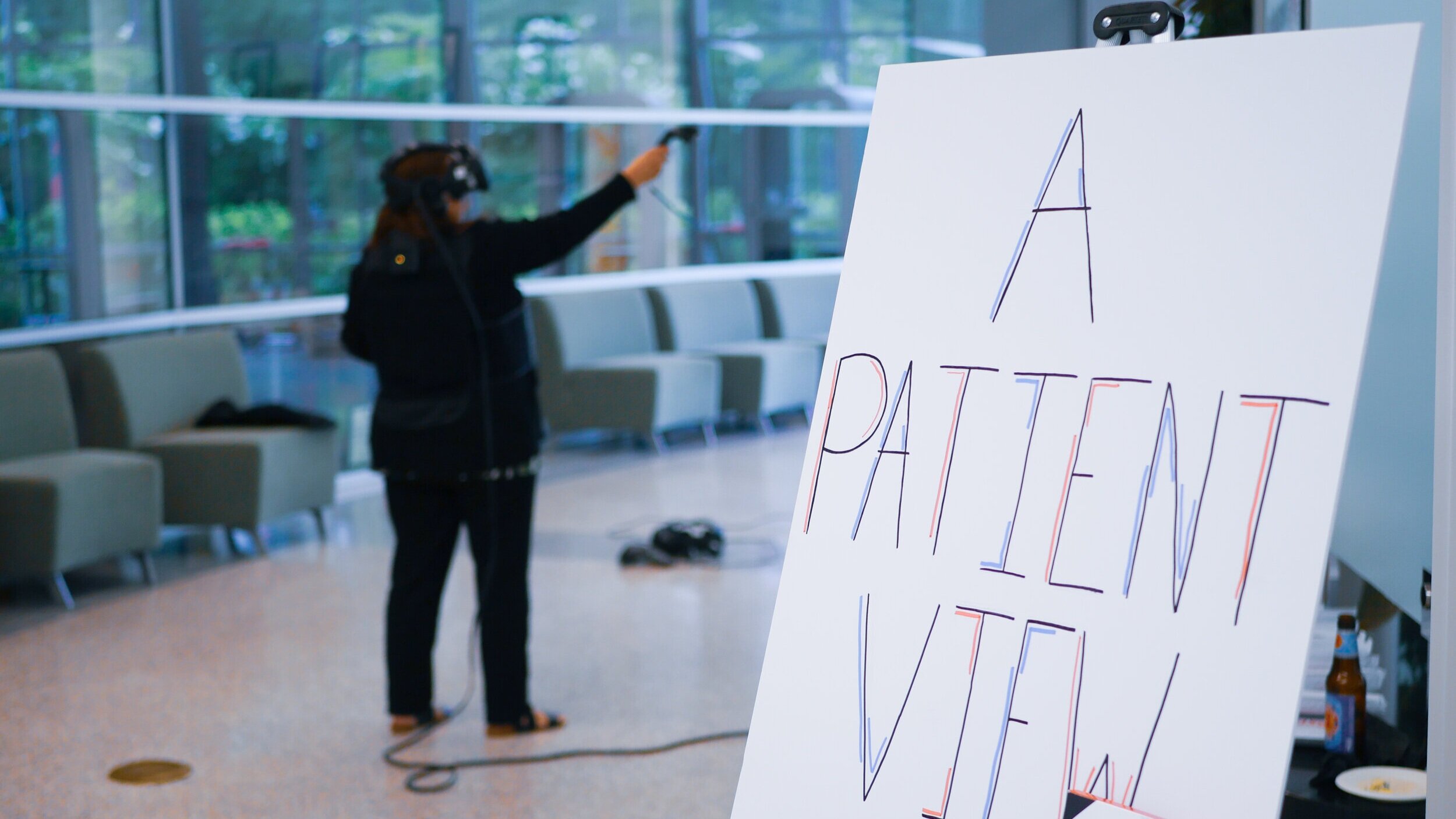4 Ways Virtual Reality Is Impacting Healthcare
Virtual Reality (VR) has already made big waves in industries from entertainment to fashion and media, but how about an industry that directly affects everyone’s well being and quality of life? While we are only beginning to grasp the full potential of VR for healthcare, the potential applications and supporting data is growing every day. Here are some of the exciting areas of innovation:
1. PAIN MANAGEMENT
Virtual Reality can assist in distracting patients suffering from acute or chronic pain by immersing them in a relaxing environment like a beach scene or fairytale forest. At St. Jude’s Research Hospital and others, testing is underway to evaluate the effectiveness of this technology to also reduce opioid usage. So far, “self-reported pain scores are being reduced by as much as 50%” for those using virtual reality for part of the patient’s treatment.
2. MENTAL HEALTH AND EXPOSURE THERAPY
Whether you have a fear of heights, struggle with depression or anxiety, or are suffering from PTSD, virtual reality-based therapy can help resolve underlying phobias, deal with challenging emotions, or re-visit past traumas in a therapeutic setting. Virtual reality provides a physically and emotionally safe environment for patients: “Previously, and still today, exposure mainly happens in carefully controlled real-world scenarios. However, VR allows therapists to create that safe, controlled environment inside a VR headset instead. It’s a far safer, quicker and less expensive option,” says Scientific American. A recent study conducted at NC State University also found that stroke survivors were significantly more likely to attend their therapy sessions when using VR, especially if it includes a social component.
3. PATIENT EDUCATION & ADHERENCE
The unfortunate reality today is that most doctors are overworked and rarely have enough time to fully explain a diagnosis or answer all of a patient’s questions. Virtual and augmented reality can help close this gap by explaining complex diseases, symptoms, and treatment options in plain language with digestible visuals patients can explore at their own pace. In a recent NIH study, 89% of patients said they felt better informed about their health status after using VR and would like to see more in health care.” Additionally, HIV patients who watched a 7-minute VR experience that explained how antiretrovirals work were significantly more adherent to prescribed treatment plans.
4. SURGICAL TRAINING
It’s no secret that medical errors are the third-leading cause of death in the United States, many of which involve surgery-related complications like sepsis. Adding virtual reality to the training playbook can lead to real-world results and help drive more avoidable medical errors out of the system. One assessment conducted at UCLA’s David Geffen School of Medicine found that surgeons trained in VR scored 230% higher overall than those trained using traditional methods. Equally impressively, the VR-trained surgeons completed procedures 20% faster and completed 38% more steps correctly.
These are just a few examples of the ways innovators have incorporated immersive technology into healthcare, but there’s still plenty of opportunities for more. At Lucid Dream, we are excited to be a part of this growth and welcome the chance to push the boundaries of healthcare to provide better experiences for patients, providers, and caregivers. If your organization sees an opportunity to incorporate virtual or augmented reality, let’s connect.
Written by Nicole Benham
Marketing and Events Manager, Lucid Dream VR


